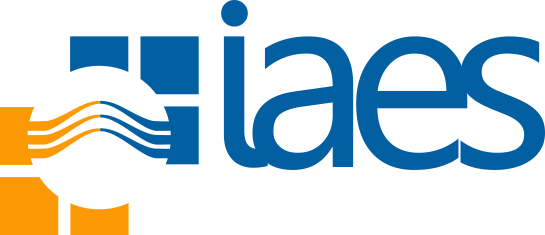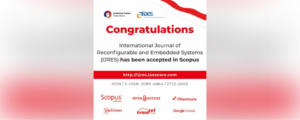Writing a biography is an effective method of introducing yourself or another person in a brief and interesting way. These biographies are usually used in a professional context, such as on social media profiles, personal websites, contacts, or as part of a presentation or introduction. There are several steps to follow in writing a biography.
- First, start by stating the name of the person or entity that is the topic of the biography.
- Next, you can add social media links, such as ORCID, Google Scholar, Scopus Profile, and Clarivate Profile.
- Then, introduce their profession, job title, or affiliation for context and relevance.
- Next, highlight key achievements or roles relevant to the context, which can give an idea of expertise or background.
- Short biographies should be kept short, around 100-150 words or less. It is important that important information is conveyed clearly and does not take up too much of the reader’s time.
- Short biographies are usually written in the third person to keep a professional touch. Use action verbs at the beginning of the sentence to make it more interesting. Also include sentences that show their professional traits, values, or what they can offer.
- If appropriate, you can include contact information such as an email address or a link to a personal website.
After writing the biography, proofread and edit it to ensure clarity, grammar, and overall cohesiveness. A short biography should always be updated to reflect a person’s current role and accomplishments. Example:
“Suttichai Premrudeeprechacharn received the B.Eng. degree in electrical engineering from Chiang Mai University, Thailand, in 1988 and the M.S. and Ph.D. degrees in electric power engineering from Rensselaer Polytechnic Institute, Troy, NY, in 1992 and 1997, respectively. Currently, he is an Associate Professor at the Department of Electrical Engineering, Chiang Mai University. His research interests include renewable energy, power quality, high quality utility interface, power electronics, power generation, power grids, power supply quality, power transmission reliability, relay protection, power system stability, power transmission lines, power transmission planning, power transmission protection, battery chargers, circuit breakers, harmonic distortion, hydroelectric power stations, load flow control, overcurrent protection, particle swarm optimisation, power distribution protection, and artificial intelligence applied power system. He can be contacted at email: suttichai@mail.com”.



